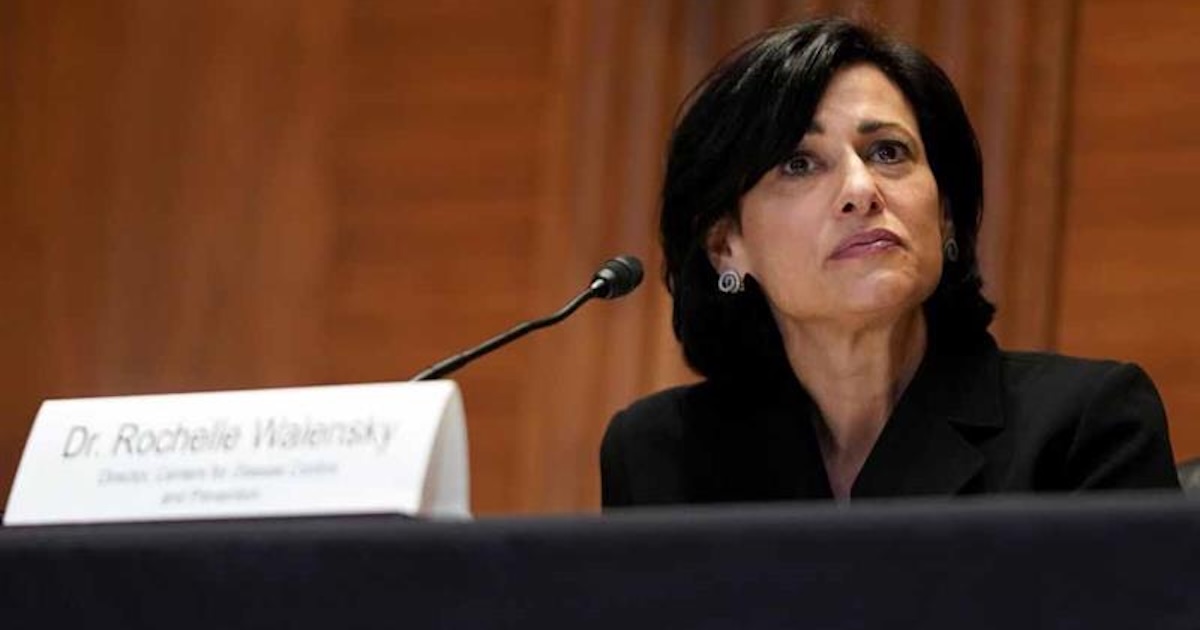It's one thing to provide a diabetic and his or her doctor with real-time data; it's quite another to turn that data into a management plan.
Glooko, the Palo Alto, Calif.-based developer of a diabetes management platform that's at the forefront of the mHealth movement for diabetics, has unveiled a new version of its Glooko Diabetes Management System that goes beyond data entry. Version 2.0 of the company's app is designed to enable diabetics and their doctors to collect and chart that data and measure it against daily nutrition and exercise trends.
In addition, through the re-launched ProConnect cloud-based portal, diabetics can share their data with selected physicians, who in turn use that data to develop a daily health management plan.
Rick Altinger, Glooko's CEO, said the previous version of the Glooko Diabetes Management System was an app that sat on a consumer's iPhone and existed solely for the user. "We've now tied in the other constituents," he said.
That, in essence, sums up the evolution of the mHealth industry: No longer content with just recording data in real time, it's now taking that accumulated data and putting it to use. With Glooko, this means gathering up a diabetic's daily blood glucose readings to track those numbers over time, then adding in factors such as food consumed and exercise.
Altinger said the revamped platform is designed to make it easier for diabetics to enter their information – the cloud-based system can extract data from 19 different blood glucose monitors now on the market – and turn that information into charts. It also enables them to look up dietary information on more than 200,000 food items and enter what they ate, how much insulin they took and when they exercised.
Among the early users of the new platform is the Scripps Whittier Diabetes Institute in La Jolla, Calif.
"Glooko provides a set of tools that allow us to spend more time optimizing therapy and less time managing technology," said Athena Philis-Tsimikas, MD, the institute's corporate vice president, in a press release supplied by Glooko. "My patients use many different meters, and currently I am forced to rely on a diverse set of proprietary PC-based systems that rely on dozens of meter-specific cables and software applications. Glooko takes the data from these various meters and gives me a unified diabetes management platform."
"The vast majority of disease management programs these days are based on very little data," said Altinger. Physicians and diabetes educators, he noted, often have to wait three to six months for a diabetic patient to come into the office, where information on their blood glucose meter is downloaded and then charted.
A 2012 study commissioned by WellDoc, a Baltimore-based behavioral science and technology company, and published in Diabetes Care, indicated patients using mobile devices to report their blood-glucose levels to physicians saw their A1c reduced by 1.5 percent on average – and if physicians used clinical decision support in conjunction with those readings, the patient's A1c level dropped an additional 30 percent on average, for a total of 1.9 percent. This was compared to a control group that, under usual care, saw a 0.7 percent average reduction in A1c levels.
Altinger, who lists several more studies as resources, said systems like Glooko's fulfill several functions. Patients want to enter their own data and control that information, he said, but they also want to do it with as little disruption as possible to their daily lives. On the other hand, physicians want trusted data that they can understand and use, so they'd prefer blood glucose readings that come directly from the meter. The Glooko system stores blood glucose readings from the meter in the cloud, but it allows patients to control that information and augment it.
In addition, he said, when the system detects a potentially dangerous blood glucose reading, an alert is channeled through the physician to the patient. "We want that alert to come from the provider," he said. "They need to react to it and be able to coach (the patient) through it."
Altinger said the platform will soon be adaptable to Android devices, and he expects that it will be integrated into EMR and EHR platforms in the future "so that it fits into the provider's workflow." He's also looking into synching certain fitness devices, so that users can be more specific when adding exercise data.
“Diabetes is not only a growing problem, but also a disease whose management can be improved by the deployment of clinically relevant technology for patients, providers and systems,” he said in the press release. “With Glooko, we saw an opportunity to develop technology to make diabetes logging – a key component of successful disease management – easier without making the solution expensive. While there are other mobile logbooks available most require users to enter data manually resulting in errors and missing data. Other products that allow patients to extract readings to a mobile device rely on the use of specific expensive meters with high strip costs. We are bringing robust logging and management tools to patients that allows them to use the existing meters.”


